Japanese media reported that as of 9:00 a.m. on January 8 (local time), the number of people missing in the earthquake in Ishikawa province on January 1 had increased to 323.
Meanwhile, according to NHK , the death toll from the 7.6 magnitude earthquake has risen to 168. In an updated list released by the Ishikawa prefectural government, the number of missing people in Wajima - one of the areas most severely damaged by the earthquake - has increased from 31 to 281.
The earthquake collapsed dozens of houses in Wajima, while a fire burned a large area there.
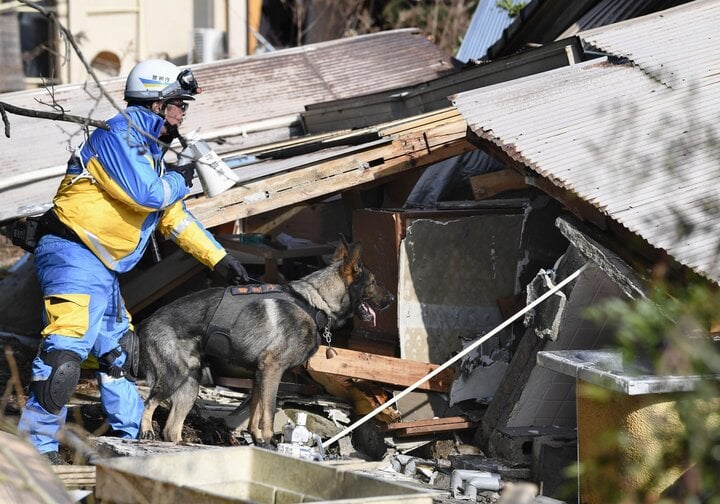
Rescuers search for missing people after an earthquake in Ishikawa Prefecture, Japan on January 6, 2024. (Photo: Kyodo/VNA)
Heavy snowfall has hampered rescue efforts, with more than 2,300 people still stranded, mostly due to road cuts and landslides. As of January 8, about 18,000 households in Ishikawa were still without power, while more than 66,100 households were still without water on January 7.
About 28,800 people are taking shelter in emergency shelters, many of which lack electricity, water and heating.
Meanwhile, authorities warned that heavy snowfall, up to more than 10 cm in some places, could cause more houses to collapse and that days of rain could increase the risk of landslides.
Speaking on NHK , Ishikawa Governor Hiroshi Hase said the government will do its utmost to overcome the consequences of the disaster.
The priority now is to rescue people trapped under the rubble and reach isolated communities. The government has deployed helicopters and soldiers to reach isolated communities.
Recently, a 90-year-old woman was rescued after being trapped in a collapsed house for 5 days in Suzu city, Ishikawa province.
A magnitude 7.6 earthquake struck the Noto Peninsula in Ishikawa Prefecture and surrounding areas in central Japan on January 1. The earthquake was followed by hundreds of aftershocks. The Japan Meteorological Agency (JMA) officially named the earthquake the "2024 Noto Peninsula Earthquake."
Japan experiences hundreds of earthquakes each year, but most are spared by strict building regulations imposed over the past 40 years.
However, many houses were built a long time ago, especially in rapidly aging communities in rural areas, such as in Noto.
(Source: vietnamplus)
Source



![[Photo] Phuc Tho mulberry season – Sweet fruit from green agriculture](https://vstatic.vietnam.vn/vietnam/resource/IMAGE/2025/4/10/1710a51d63c84a5a92de1b9b4caaf3e5)
![[Photo] Prime Minister Pham Minh Chinh chairs meeting to discuss tax solutions for Vietnam's import and export goods](https://vstatic.vietnam.vn/vietnam/resource/IMAGE/2025/4/10/19b9ed81ca2940b79fb8a0b9ccef539a)


![[Photo] Unique folk games at Chuong Village Festival](https://vstatic.vietnam.vn/vietnam/resource/IMAGE/2025/4/10/cff805a06fdd443b9474c017f98075a4)


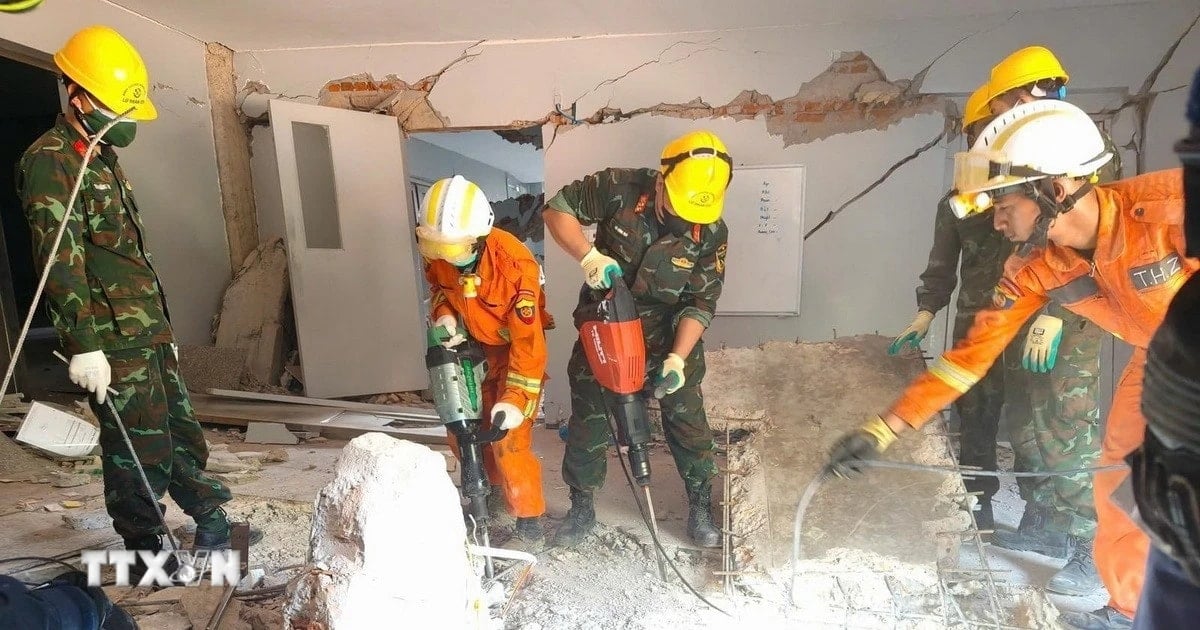











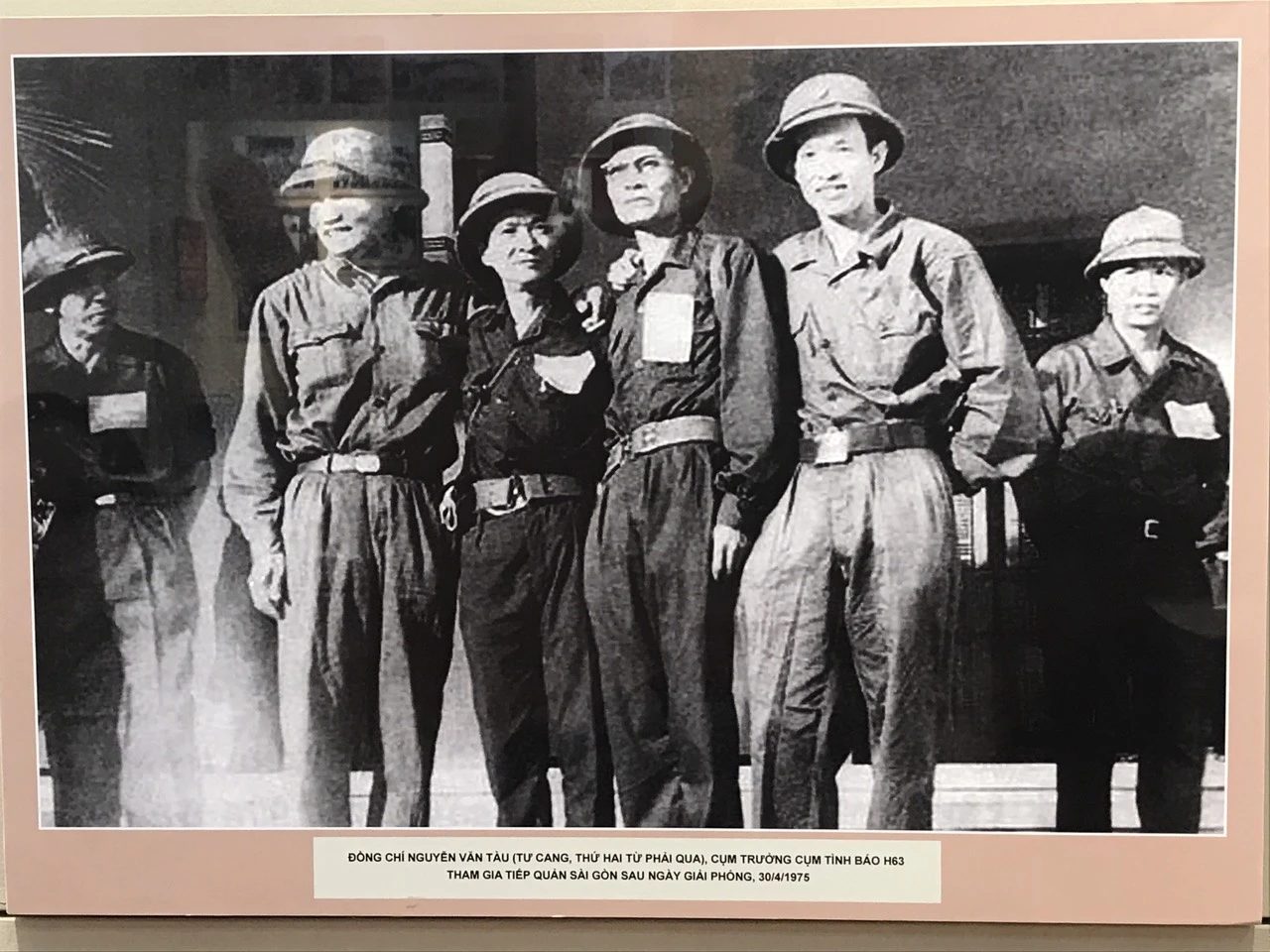


























































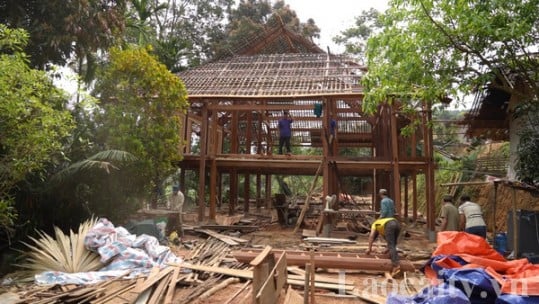
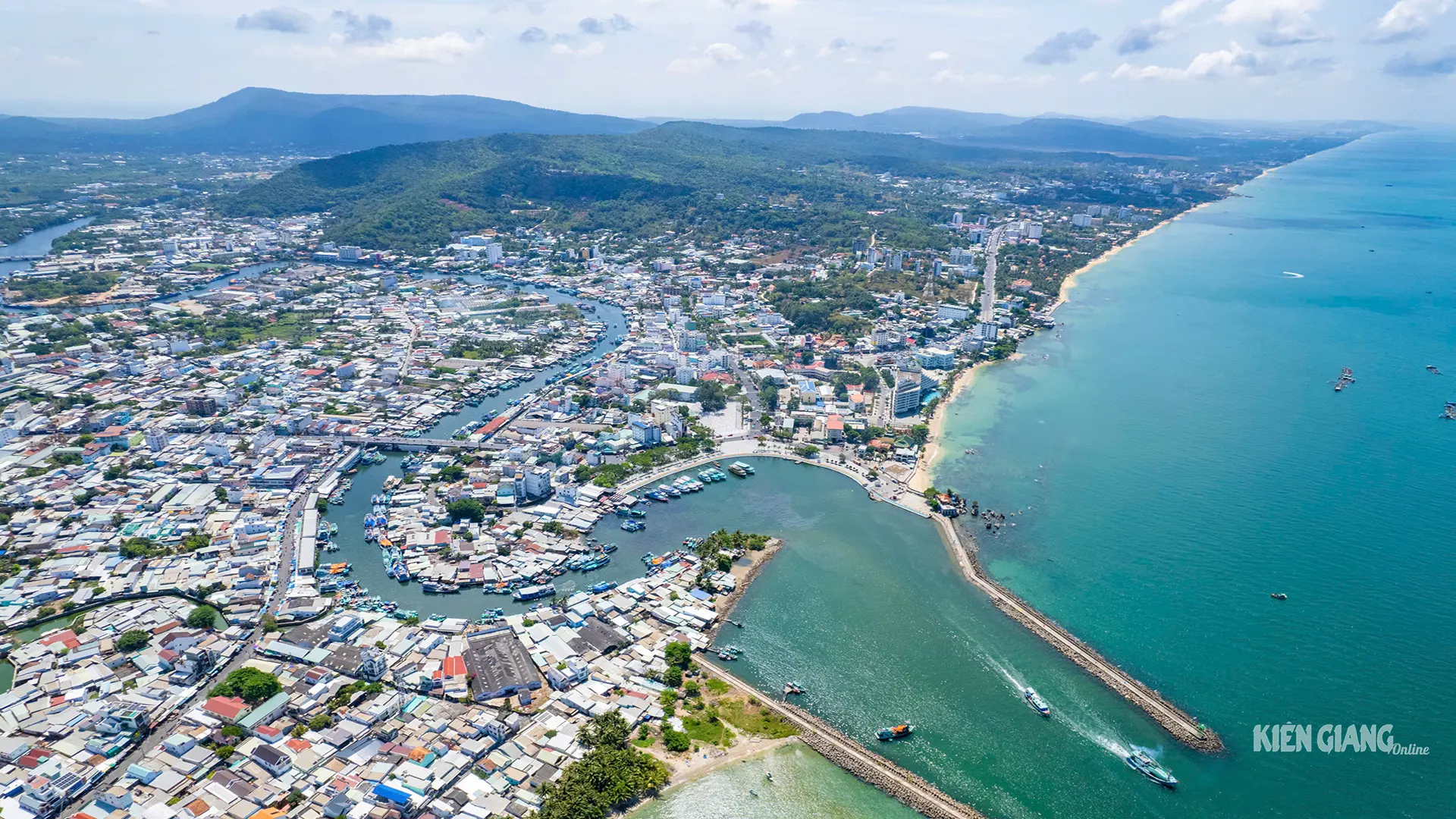









Comment (0)